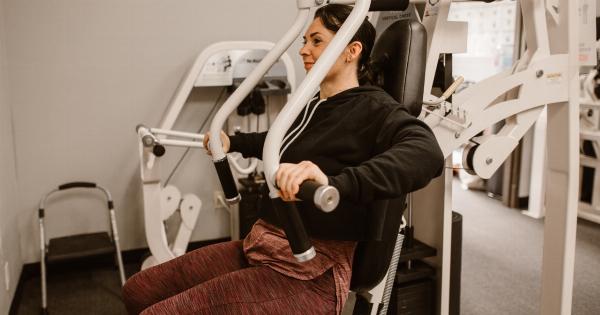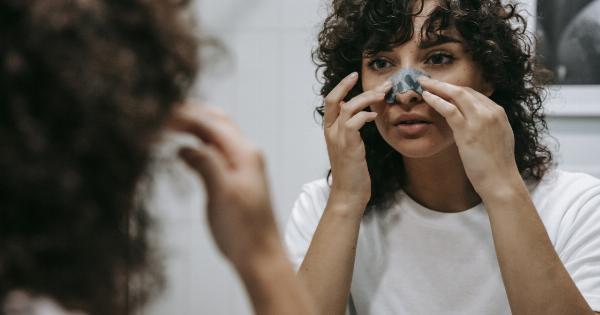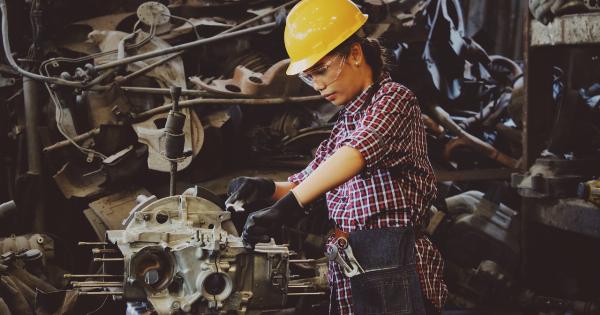Rhinoplasty surgery has gained significant popularity in recent years as more people seek to enhance the appearance of their nose. One particular technique that has been gaining attention is the use of nasal diaphragm in rhinoplasty surgery.
However, with the abundance of information available online, it can be challenging to separate fact from fiction when it comes to this technique. In this article, we will shed light on the truth behind nasal diaphragm and rhinoplasty surgery, addressing common misconceptions and providing accurate information.
What is Nasal Diaphragm?
Nasal diaphragm is a surgical technique used in rhinoplasty to support the nasal tip and refine the shape of the nose.
It involves the placement of a thin graft or implant in the lower lateral cartilage of the nose to enhance its projection and definition. This technique is particularly beneficial for individuals with weak cartilage or a droopy nasal tip.
Nasal Diaphragm vs. Traditional Rhinoplasty
One common misconception is that nasal diaphragm is a completely different procedure from traditional rhinoplasty. In reality, nasal diaphragm is a technique that can be incorporated into traditional rhinoplasty procedures.
It serves as a valuable tool for surgeons to achieve desired outcomes by providing additional support and structure to the nose.
Benefits of Nasal Diaphragm
The use of nasal diaphragm in rhinoplasty surgery offers several benefits. Firstly, it provides increased tip projection, resulting in a more defined and aesthetically pleasing nose.
Secondly, it enhances the stability and longevity of the results by reinforcing the nasal structures. The nasal diaphragm helps prevent deformities and promotes long-term symmetry. Lastly, by supporting the nasal tip, nasal diaphragm can improve nasal breathing and alleviate certain breathing difficulties.
Candidates for Nasal Diaphragm and Rhinoplasty
While nasal diaphragm can be a useful technique, not all individuals are good candidates for this procedure. An experienced surgeon will assess each patient’s unique nasal anatomy to determine the most appropriate surgical approach.
Ideal candidates for nasal diaphragm and rhinoplasty include individuals with weak or droopy nasal tips, individuals seeking refinement of nasal shape and projection, and those who desire improvement in nasal breathing along with their aesthetic goals.
The Surgical Procedure
The nasal diaphragm technique is typically performed as part of an open rhinoplasty procedure. During the surgery, the surgeon makes incisions in discreet locations to access the nasal structures.
The nasal diaphragm, made from either natural or synthetic materials, is carefully inserted and positioned in the lower lateral cartilage. The surgeon then closes the incisions, and the patient enters the recovery phase of the procedure.
Risks and Limitations
As with any surgical procedure, there are potential risks and limitations associated with nasal diaphragm and rhinoplasty surgery. These include infection, bleeding, scarring, asymmetry, and dissatisfaction with the aesthetic outcome.
It is crucial for patients to have realistic expectations and thoroughly discuss their goals and concerns with their surgeon before undergoing the procedure.
Recovery and Results
The recovery period following nasal diaphragm and rhinoplasty surgery varies from patient to patient. Swelling and bruising are expected immediately after the procedure and gradually subside over the following weeks.
Patients typically wear a nasal splint for a week to protect the surgical site and aid in proper healing. It may take several months for the final results to fully manifest as the nasal tissues continue to settle and heal.
Combining Nasal Diaphragm with Other Techniques
Nasal diaphragm can be combined with other rhinoplasty techniques to achieve optimal results. This can include addressing issues such as nasal humps, deviated septum, or correcting nasal symmetry.
Combining techniques allows surgeons to tailor the procedure to each patient’s unique needs and desired outcome.
Choosing a Qualified Surgeon
Nasal diaphragm and rhinoplasty surgery should only be performed by a qualified and experienced surgeon. It is essential to research and choose a board-certified plastic surgeon with specific expertise in nasal surgeries.
Before committing to the procedure, schedule a consultation to discuss your goals, review before and after photos, and ask any questions you may have about the surgeon’s experience and approach.
In Conclusion
Nasal diaphragm is a valuable technique in rhinoplasty surgery, offering enhanced projection, definition, and stability to the nose.
By separating fact from fiction, individuals can make informed decisions about the suitability of this technique for their specific goals. It is crucial to consult with a qualified surgeon to determine the best course of action and establish realistic expectations for the procedure.































